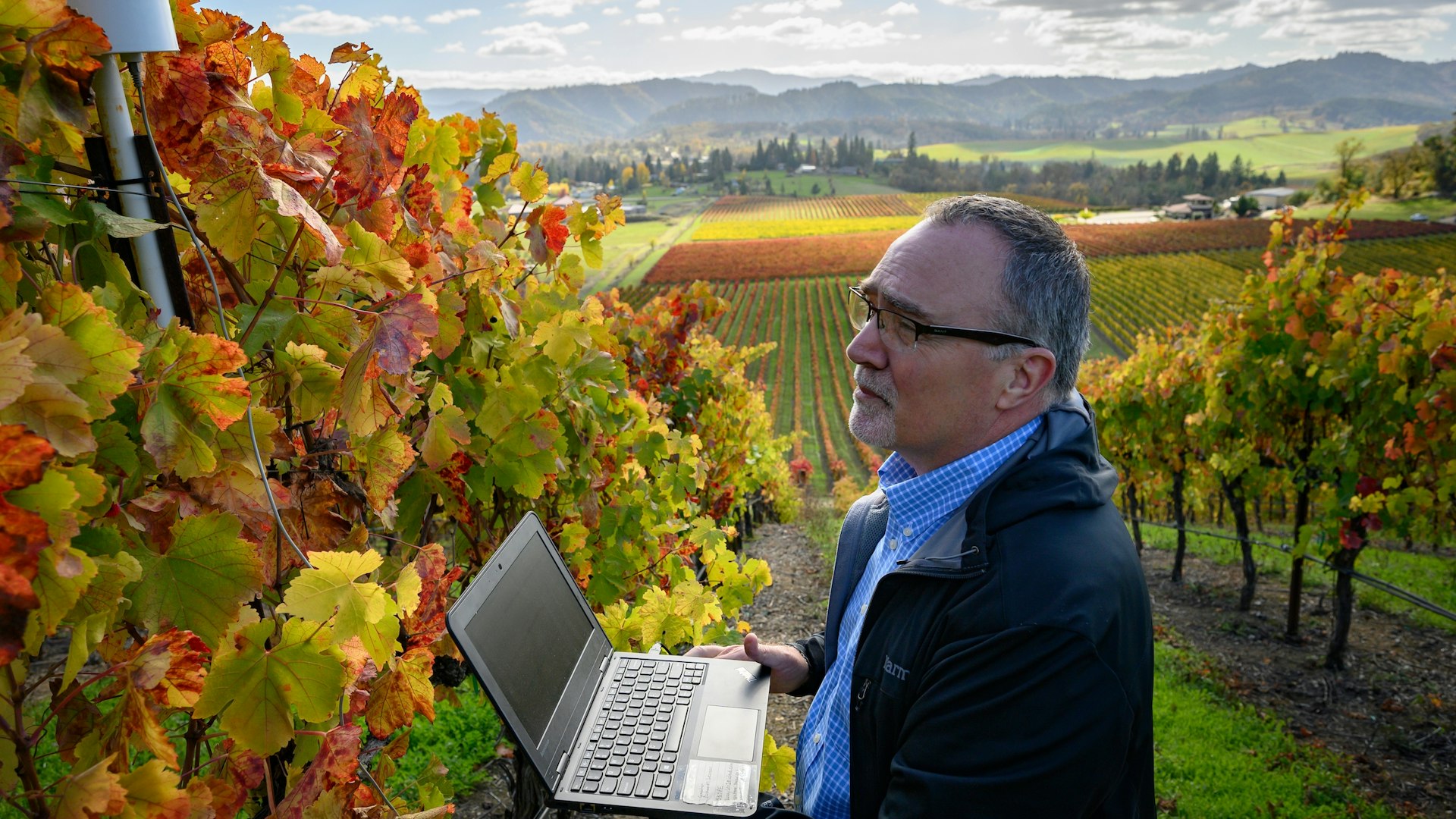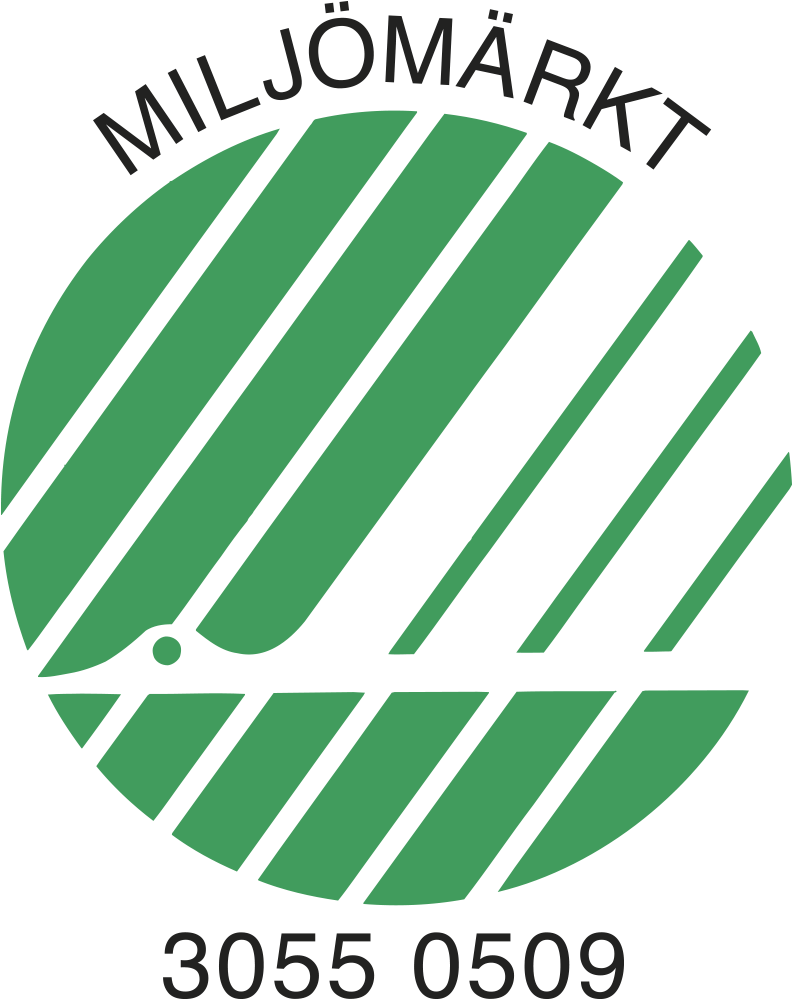
News
Greg Jones - the climate professor about a changing wine world
American professor Greg Jones studies how climate change affects the world of wine. Here he talks about history, the future and the importance and difficulty of making the right choices.
Since wine production began in Asia about ten thousand years ago, winemaking and viticulture have changed constantly. Due to climate change, war and political decisions, humans have moved and brought vines to new places. At the same time, efforts have been made to improve cultivation and production by selecting the most robust plants, creating new crosses of grape varieties and adapting to new conditions. The same thing is happening today. Climate change has led to new wine regions such as England, Scandinavia, and Tasmania. At the same time, life is becoming increasingly difficult for other traditional regions. One of the leading experts on the impact of climate change on the world of wine is Greg Jones. He is a professor at Linfield University in Oregon, USA, a valued debater, and a speaker who travels worldwide and imparts his knowledge.
"When I started my career in the 1980s, most of the research was focused on wheat, corn and soy but not on niche market segments like wine, coffee or avocado production," says Greg Jones. His family has a vineyard in the United States, and he became interested in how the climate affected winemaking.
"If we look back at history, the climate has constantly changed. But since the 1980s, it has gone very quickly, and the average temperature today is 1.5 to 2 degrees warmer compared to forty years ago," Jones says.
At first, the increasingly warmer climate was perceived as something positive. Many wine regions, such as Barolo, Barbaresco and Bordeaux, received less vintage variation. The wines also became more accessible and required shorter ageing because the heat made tannins ripen better, the acidity was less harsh, and the wines more fruit-driven. In this way, it was possible to reach a new and larger audience.
Today, the situation is different, and the positive effects are becoming fewer and fewer. The world's twenty most cultivated grapes grow where the average temperature is between 12 and 22 degrees. But should it get hotter or colder, they will have problems. Some regions have already tried to adapt, for example, Bordeaux, which a few years ago allowed experimentation with seven new grape varieties more resistant to both fungal diseases and an increasingly warmer climate. In Champagne, the warmer weather has made the vines come to life earlier after their winter dormancy.
Consequently, the risk of frost damage increases and the vines are pruned as late as possible to move the growing season forward. Many growers in already warm wine regions today choose to have larger foliage that protects the bunches from the intense sun compared to before. In Veneto, for example, the traditional pergola connection is increasingly common. If you have the opportunity, you also plant vineyards at a higher altitude. But these minor changes will help for a specific time but not forever.
Greg Jones believes that we will be able to continue making wine in the same place and with the same grape varieties as today for a period ranging between 25 and 75 years into the future.
"In a way, it is easier for larger producers from the new world to adapt more quickly to major changes. They have fewer rules than traditional wine regions and greater resources," says Greg Jones.
People often talk about how climate change affects the temperature, but are there other aspects that should be given more space and discussed?
"Temperature is easy to measure and analyze, and it is more difficult with precipitation because there are greater variations. The same applies to frost and heat stress," says Greg Jones.
The timing of rainfall is also essential, something that will change in the future.
"In Bordeaux, for example, 60 per cent of the precipitation comes during the growing season. In the future, it will probably rain more during the winter, which will create problems such as drought and stress the vines during the growing season," says Greg Jones.
He thinks the USA invests a lot in research, as does Australia and some European countries. But the wine world could do much more. However, access to information has become more accessible. In the 1980s, data and information were sent via fax and on CDs. Today, technology has made information available in a completely new way, while at the same time, it is difficult to find your way around.
"It is difficult to say how fast the development will go, but society's decision-makers should make big and important decisions to reduce CO2 emissions. But I'm pessimistic that they will do it," he says.
Greg Jones sees more and more wine producers trying to use new technology. For example, many have set up weather stations to decide better when to irrigate or spray. They also make it possible to follow the development of the vines during the year. "However, the weather stations' data would have to be analyzed constantly and with rather complicated mathematical formulas, so it is not so easy for a wine producer. We need to create new standards to make that work easier," says Gregory Jones.
"Just like the rest of the world's agriculture, the wine industry is part of the problem and at the same time part of the solution," he says.
Creating new systems that reduce carbon dioxide emissions and finding alternative energy sources are basic principles. Access to water will also become an increasing problem. It is not only about artificial irrigation in the vineyard, which is also not allowed in many regions. Water is required throughout the winemaking process to clean wine cellars, tanks and barrels.
"It will be necessary to irrigate and allow it in wine regions where it has been prohibited until now. At the same time, I think that becoming a society without water, you will first and foremost think about your inhabitants, not about promoting wine production", says Greg Jones.
Vineyards may be removed to save water, plant corn or soy, and feed an ever-increasing population. "I think it will happen in some parts of California, for example, where the residents will shortly need water that today goes to irrigation," he says.
Consumers must also begin to question heavy bottles and long transport distances that contribute to carbon dioxide emissions. We can also help change the wine industry and reduce emissions by changing our consumption patterns.
"I think it's positive that, for example, Greta Thunberg is making younger people aware of these issues," says Greg Jones.
But how does he view genetically modified vines and hybrids (a cross between Vitis vinifera and American and Asian vines), which are hardier and fungus-resistant?
"Man has always crossed vines and made a selection of the most resistant plants. So throughout history, we have contributed to genetically modifying grape varieties," says Greg Jones.
Today, technology has moved forward with new genetic modification, such as the method known as cis-genesis. This means that you can go in and activate or deactivate a gene without changing the primary material. You, therefore, do not add an external gene (transgenesis). "It may not be the solution, but it is an interesting development," he says.
The world of wine will change, just as it always has. "I think that as consumers, we need to understand that we will not be able to expect to drink the same wines as today in the future," concludes Greg Jones.
Text: Åsa Johansson
Images: Press images






